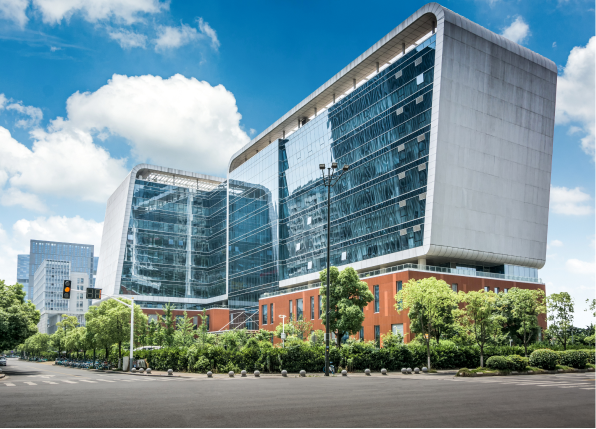Gastroenterology
- Home
- /
- Gastroenterology



Staying true to its commitment as one of the most advanced hospitals in Ernakulam, the Department of Gastroenterology at Sunrise Hospital deals with all diseases affecting the organs of the digestive system - oesophagus, stomach, intestines, liver, gall bladder, spleen, pancreas, etc. – in adults and children. Our world-class team of medical and surgical gastroenterologists, transplant surgeons, gastrointestinal oncologists, interventional radiologists, pathologists, alongwith the support of speciality-trained nurses, rehabilitation therapists and technicians assure expert care and individualised treatment to every patient.
Sunrise hospitals , Experience, Expertise, Care

Quality of the Care Process, Communication, follow up, staff service.

Doctors were good and they treated my mother well..

I've just had a most enjoyable experience at Sunrise Hospital.

Dr. Nassar Yusuf provided me with expert consultation, demonstrating deep expertise and care.

The doctors and nurses and everyone cares about every patient..

Everyone on nursing duty at 3rd floor was very well behaved and very caring from admission to discharge they were truly angels on earth. Special thanks to Dr Gregory Sir and everyone who helped with the surgery..

Where Compassionate Care Meets Healing Excellence.
Your Pathway to Wellness Begins Here.